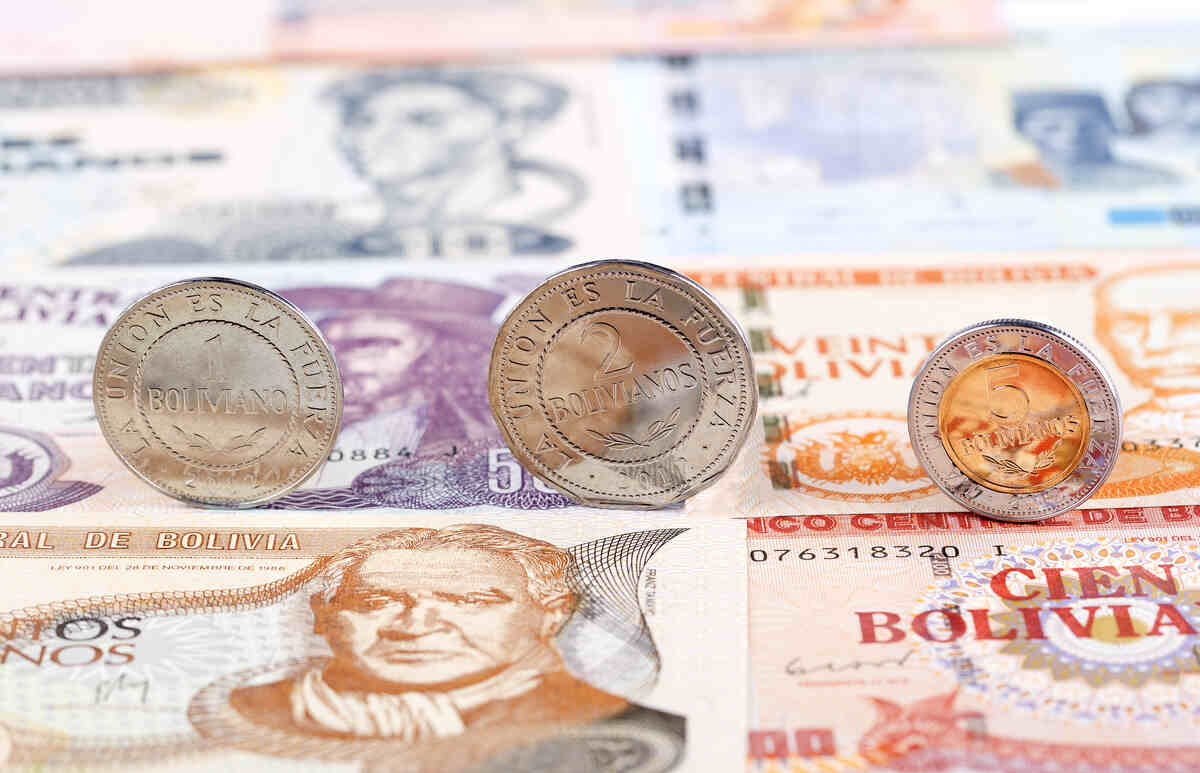Bolivia Announces Plans for CBDC to Streamline Cross-Border Payments

Bolivia’s Central Bank, under the leadership of President Edwin Rojas Ulo, is forging ahead with plans to introduce a digital currency known as the “virtual boliviano,” set to debut during the nation’s bicentennial independence celebration on August 6, 2025.
This initiative, designed to modernize the country’s payment infrastructure and streamline international settlements, fits the characteristics of a central bank digital currency (CBDC). By leveraging the expertise of international organizations and regional central banks, Bolivia aims to create a state-backed digital asset that could transform its financial ecosystem. The virtual boliviano signals a significant evolution in Bolivia’s approach to digital currencies, moving from restriction to innovation.
The virtual boliviano is poised to function as a CBDC, a digital form of a country’s fiat currency issued and backed by its central bank. Unlike decentralized cryptocurrencies like Bitcoin, a CBDC is centrally controlled, offering the stability and trust associated with traditional currency while incorporating the efficiency of digital transactions. Rojas Ulo has emphasized the currency’s role in modernizing cross-border payments, which could reduce Bolivia’s reliance on foreign currencies like the U.S. dollar and preserve foreign reserves. This aligns with the core objectives of many CBDCs globally, which seeks to enhance payment systems and strengthen economic sovereignty.
Stay In The Loop and Never Miss Important Crypto News
Sign up and be the first to know when we publishBolivia’s Shift Toward Digital Innovation
Bolivia’s development of the virtual boliviano marks a departure from its historically cautious stance on cryptocurrencies. Previously, the country banned the use of its financial system for purchasing digital assets, limiting their adoption. However, after lifting these restrictions, Bolivia experienced a doubling of cryptocurrency trading volumes within three months, reflecting growing public interest. The Central Bank’s decision to pursue a CBDC builds on this momentum, positioning the virtual boliviano as a tool to address economic challenges, such as foreign currency shortages driven by restrictive exchange policies.
The Central Bank’s exploration of digital currencies extends beyond the virtual boliviano. Bolivia has begun integrating stablecoins as a dollar proxy to mitigate currency scarcity and has established a system for using cryptocurrencies in energy imports, though no transactions have been completed. These efforts demonstrate a broader acceptance of digital assets as practical solutions, with the virtual boliviano serving as a cornerstone of this strategy. By issuing a CBDC, Bolivia aims to combine the benefits of digital innovation with the stability of central bank oversight.
Rojas Ulo has highlighted the collaborative nature of the project, noting that the Central Bank is drawing on international expertise to refine the virtual boliviano’s design. While specific details will be revealed in August 2025, the currency’s focus on cross-border payments suggests it will be tailored to address Bolivia’s unique economic needs. The initiative could set a precedent for other nations in the region, particularly those grappling with similar financial constraints. As Bolivia prepares to launch its CBDC, the virtual boliviano represents a forward-thinking approach to integrating digital currencies into the national economy.

